-
Paola Antonelli’s
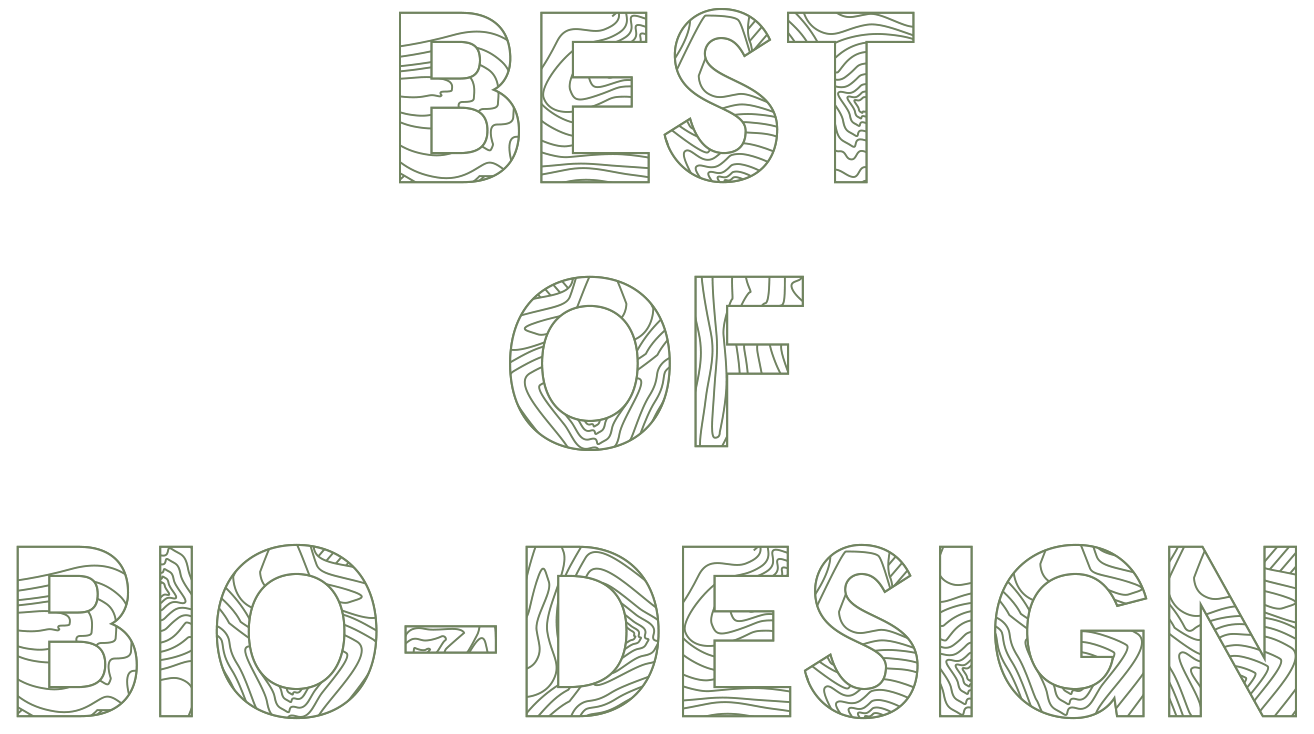
Ever since her 2008 exhibition Design and the Elastic Mind, Paola Antonelli, Senior Curator of the Department of Architecture and Design at MoMA has been a leading and outspoken advocate of expanding understanding of the potential of design. uncube asked her to suggest her pick of key recent projects that are pushing the future of design and society by blending our own technologies with those of nature.
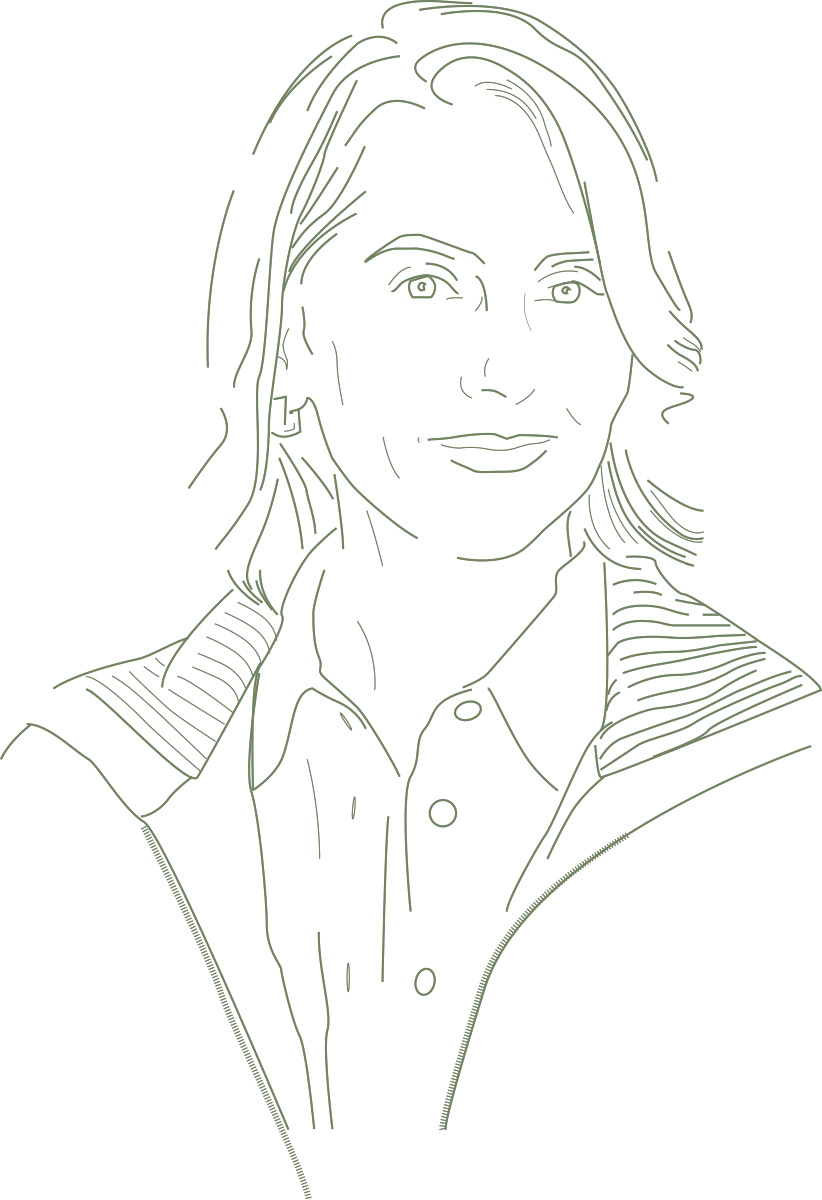
-
Synthetic Aesthetics
Edited by Daisy Ginsberg, Jane Calvert, Pablo Schyfter, Alistair Elfick and Drew Endy
Hardcover, 368 pages
ISBN: 9780262019996
The MIT Press, 2014Project funded by the NSF and EPSRC and run by the University of Edinburgh, Scotland, and Stanford University.

Synthetic Aesthetics
The MIT Press
This book sums up an “experimental, international research project between synthetic biology, art, design and social science”. The team behind the project gathers some of the foremost pioneers of synthetic biology and biodesign, from biologists such as Drew Endy to designers like Daisy Ginsberg and social scientists like Jane Calvert. It not only touches on some of the milestones of this new form of collaborative design field, but also attempts to set some parameters and benchmarks for its future development.
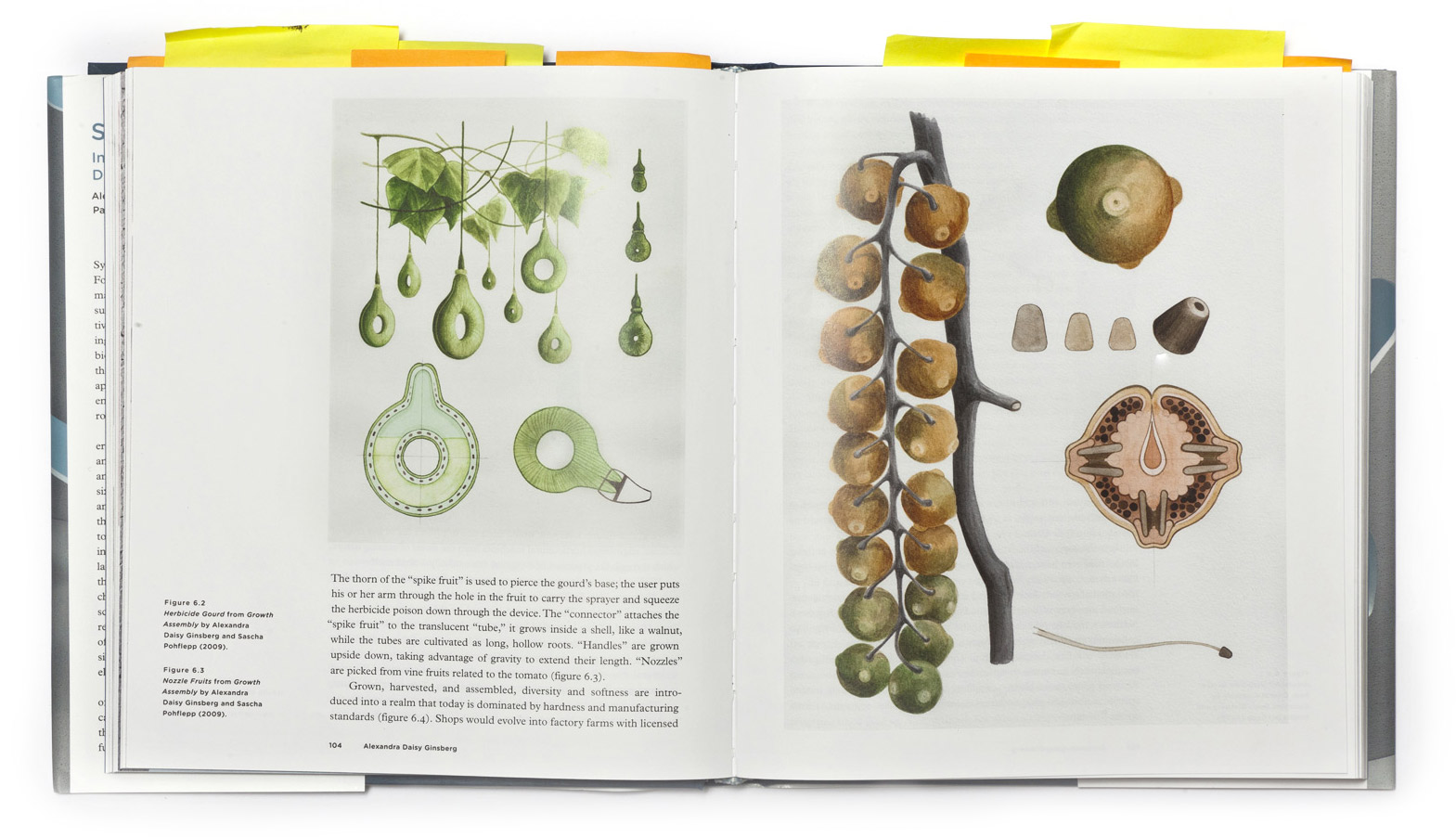
(Image: Sion Ap Tomos, illustration of “Growth Assembly” by Daisy Ginsberg and Sascha Pohflepp, 2009)
-
Each individual Organ-On-Chip is composed of a clear flexible polymer about the size of a computer memory stick that contains hollow microfluidic channels lined with living human cells. Because the microdevices are translucent, they provide a window into the inner workings of human organs. The Wyss Institute team is working to build ten different human Organs-On-Chips and link them together on an automated instrument to mimic whole-body physiology. The instrument will control fluid flow and cell viability while permitting real-time observation of the cultured tissues and analysis of complex biochemical functions. This instrumented “human-on-a-chip” will be used to rapidly assess responses to developing pharmaceuticals, providing critical information on their safety and efficacy.

Organs-on-Chips
Wyss Institute,
Harvard UniversityTesting new compounds and medicines on humans is extremely labourious, expensive, risky and time-consuming. Organs-on-Chips can help speed up and streamline the process by offering simulations of the behaviour of different organs when exposed to the new molecules. As the institute’s website explains, Organs-on-Chips are engineered “microchips that recapitulate the microarchitecture and functions of living organs, such as the lung, heart, and intestine”. For a design curator, discovering the gracefulness in the architecture of these elegant objects is an added, awesome bonus.
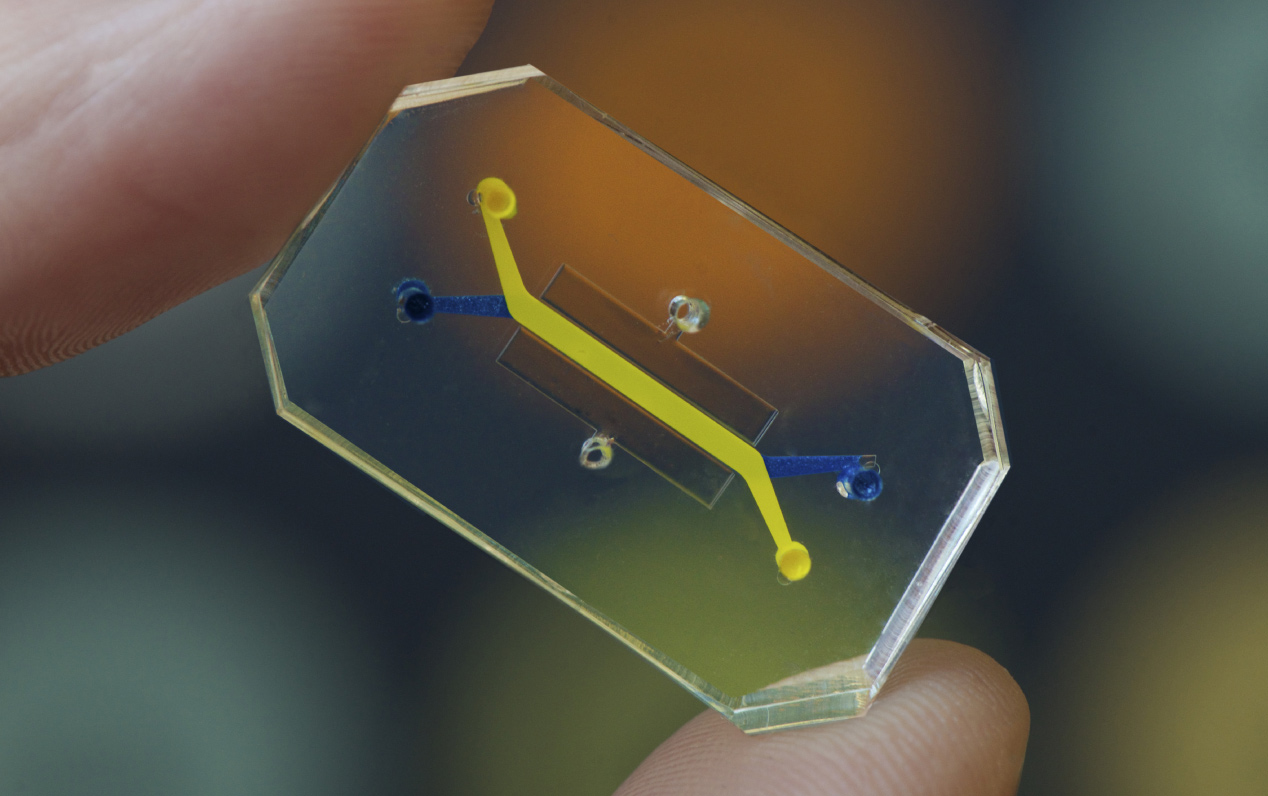
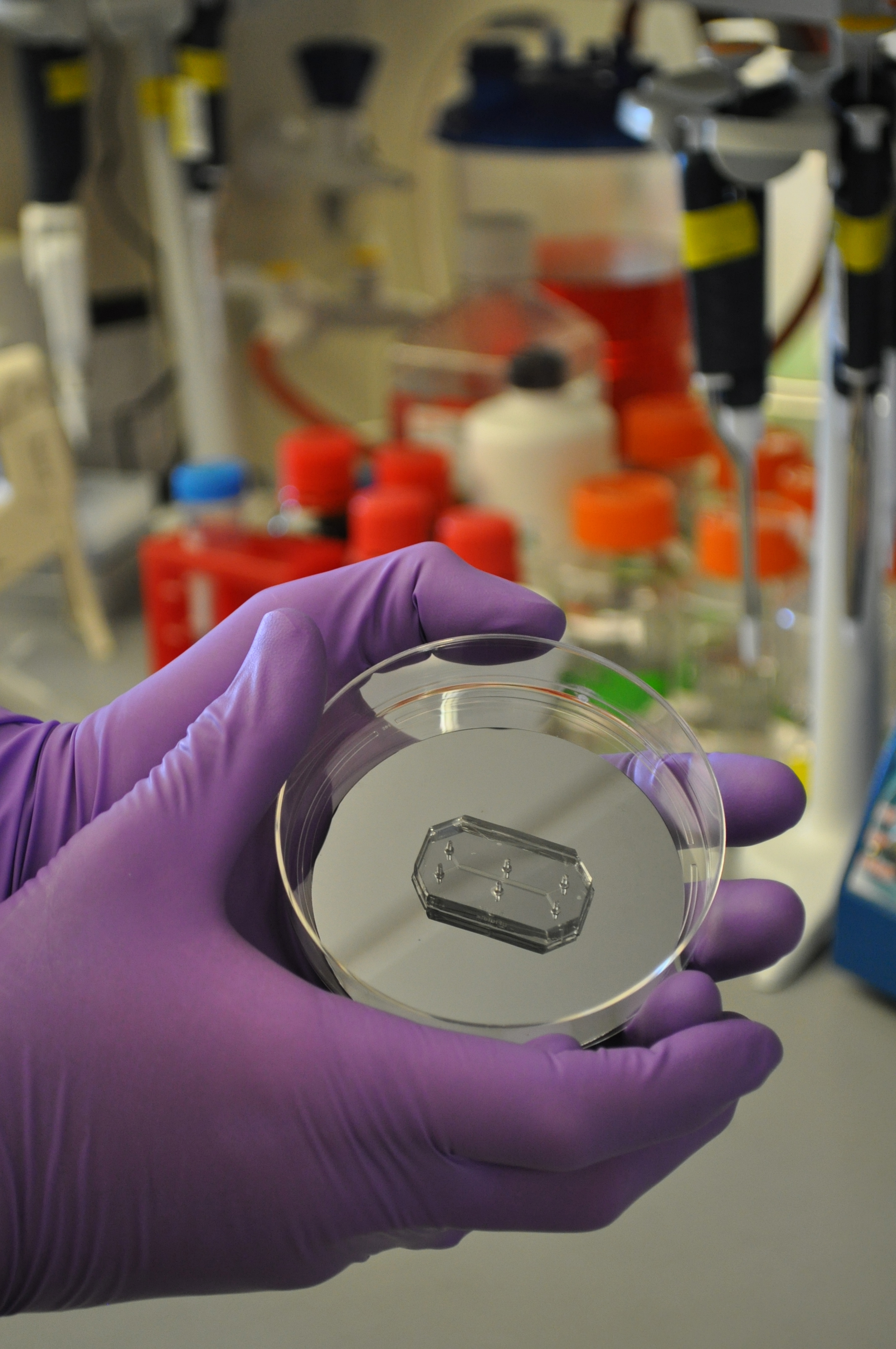
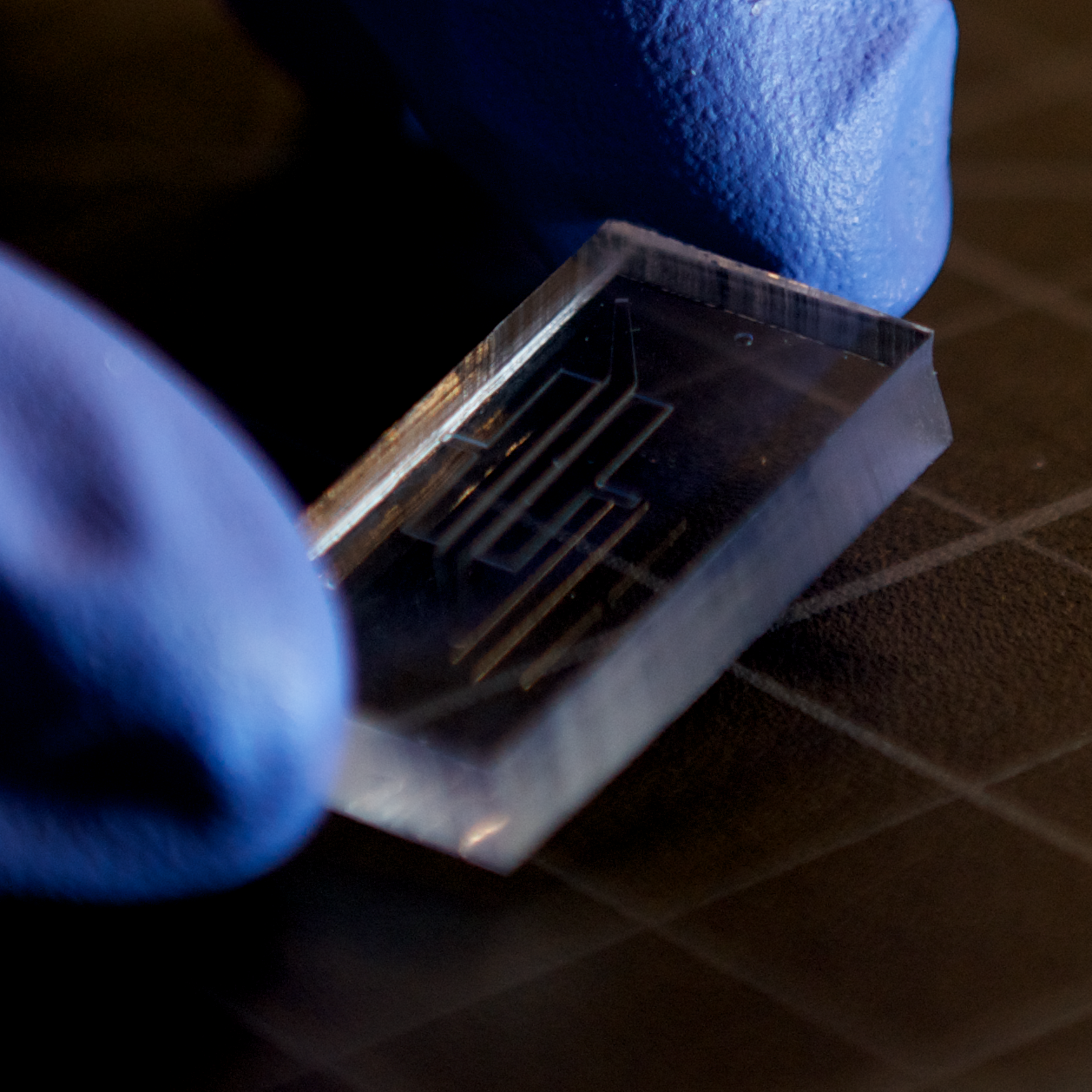
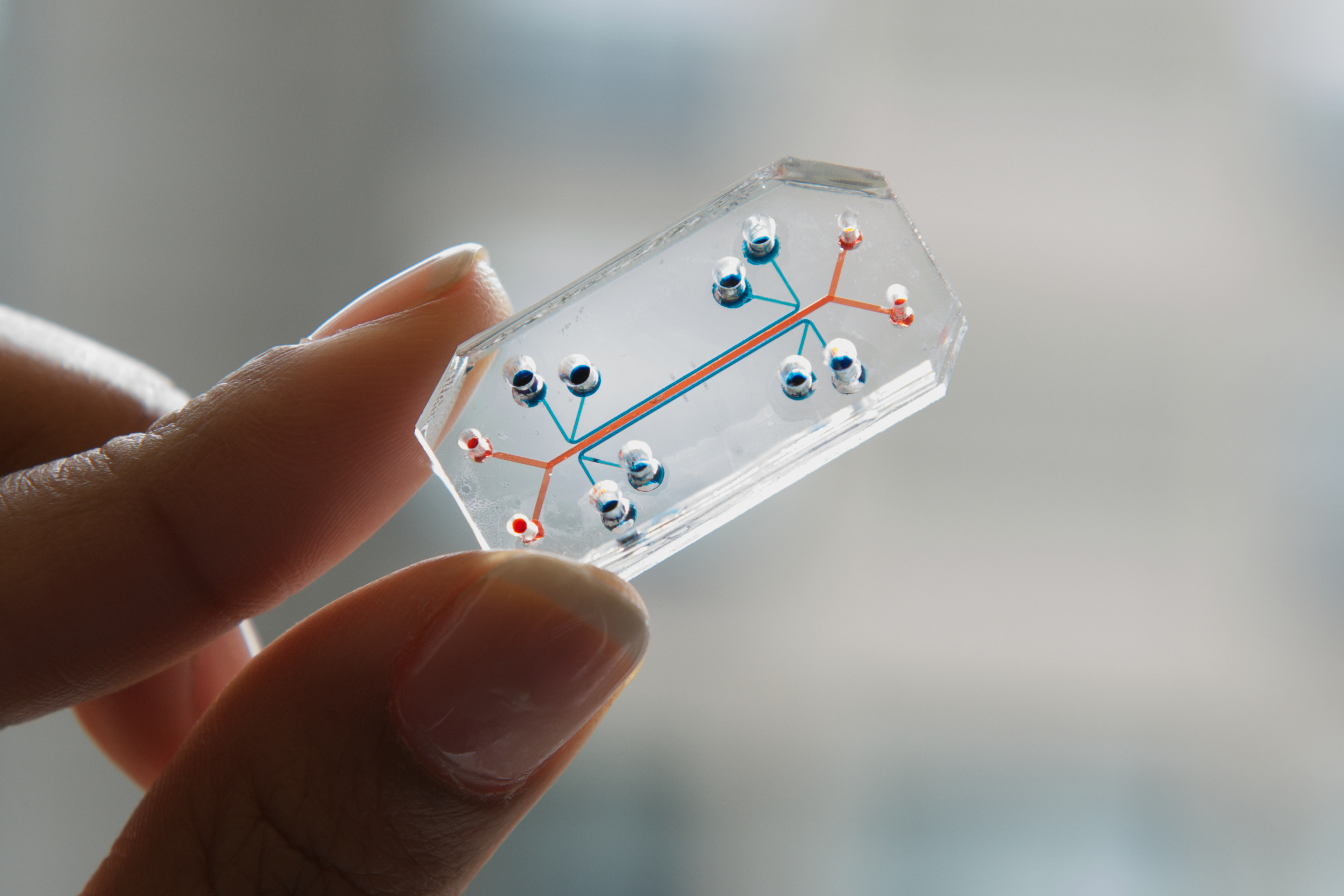
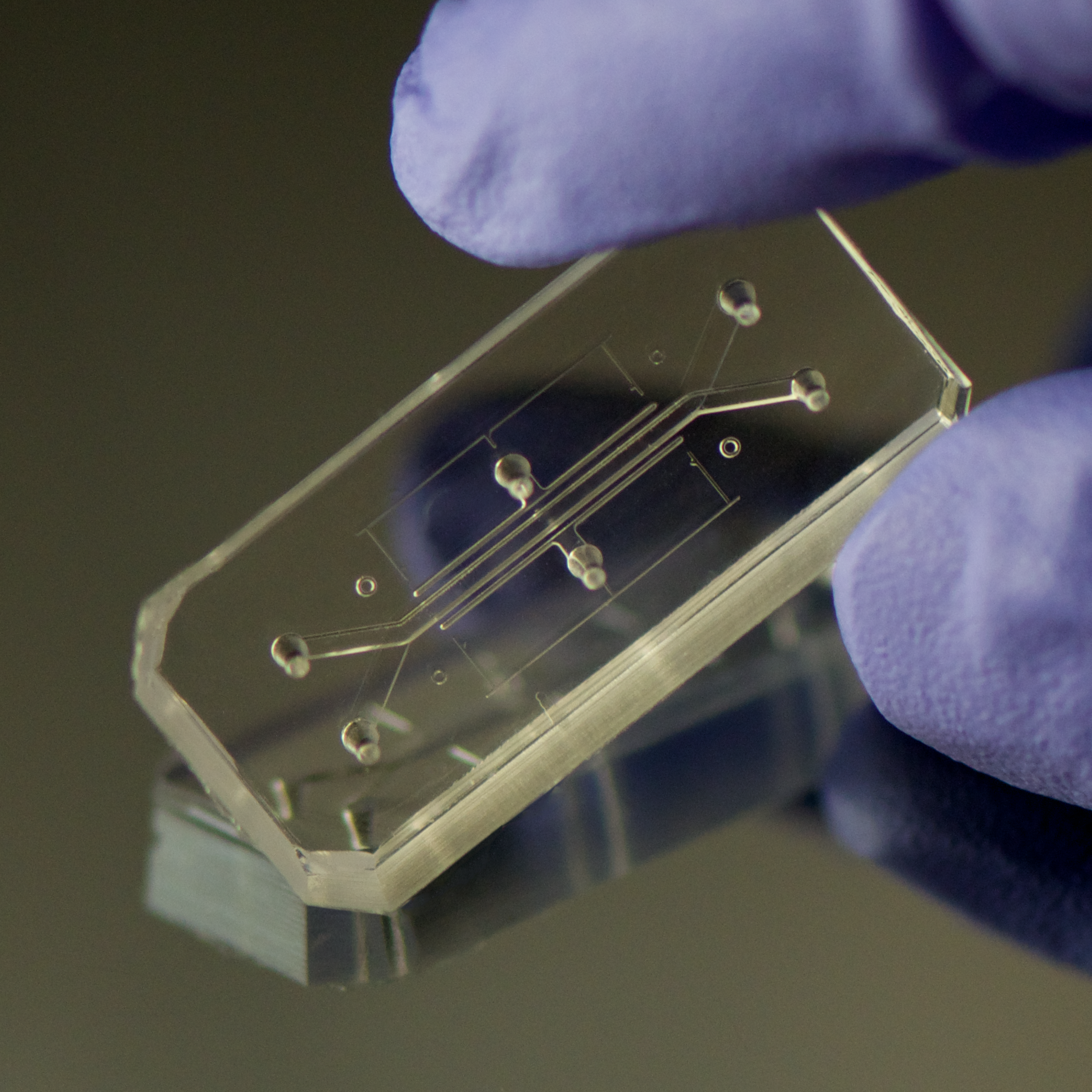
All photos: Wyss Institute.
-
The Silk Pavilion’s primary structure consists of 26 polygonal panels made of silk threads laid down by a CNC (Computer-Numerically Controlled) machine. Inspired by a single silkworm’s ability to generate a 3D cocoon out of a single silk thread up to a kilometer in length, the overall geometry of the pavilion was created using an algorithm that assigns a continuous thread across patches providing various degrees of density informed by the silkworm itself. The structures generated by the silkworms were studied as a computational schema for determining shape and material optimisation of fibre-based surface structures. Research and design was done by the Mediated Matter Research Group at the MIT Media Lab in collaboration with Professor Fiorenzo Omenetto (TUFTS University) and Dr. James Weaver (Wyss Institute, Harvard University).

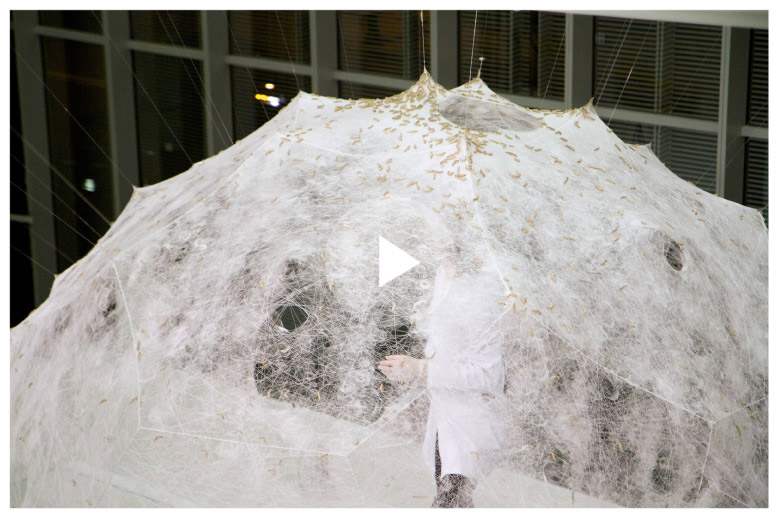
Top view of the Silk Pavilion as approximately 1‚500 silkworms construct the fibrous composite. (Photo: Andy Ryan‚ courtesy Mediated Matter Group‚ MIT Media Lab. Video: MIT Video Productions, AMPS)
Silk Pavilion
Neri Oxman and the
Mediated Matter Group at MIT Media LabA breathtaking, arresting and effective demonstration of a new way of making and building, the Silk Pavilion is constructed by thousands of silkworms deployed on a basic structure devised after studying and digitally mapping their behaviour in response to different light, temperature and other environmental conditions. In this example of architecture, nature is actively engaged as the silkworms become the construction workers, or “biological 3D printers”. The pavilion speaks about a new balance between nature and artifice; about new and better approaches to our built environment; about innovative and sustainable materials and techniques; about the mindful way in which we will need to build and live in the future. p
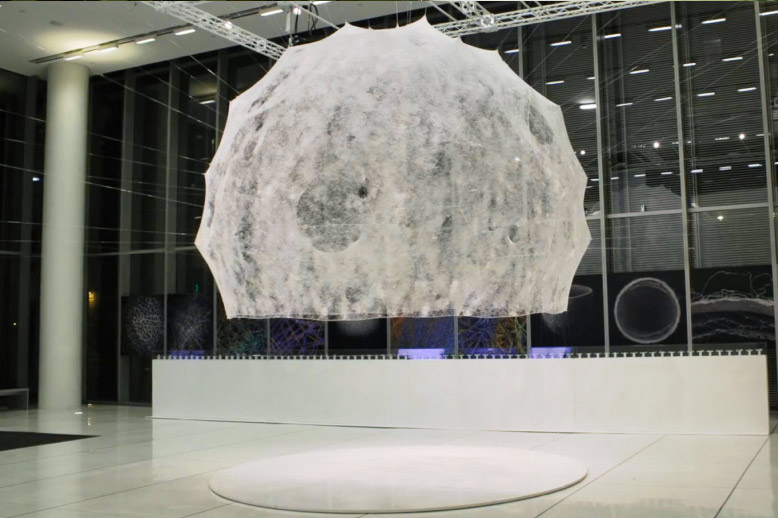 Perspective view of the completed Silk Pavilion. (Still from video‚ Silk Pavilion‚ by Mediated Matter Group)
Perspective view of the completed Silk Pavilion. (Still from video‚ Silk Pavilion‚ by Mediated Matter Group)
-
Search
-
FIND PRODUCTS
PRODUCT GROUP
- Building Materials
- Building Panels
- Building technology
- Façade
- Fittings
- Heating, Cooling, Ventilation
- Interior
- Roof
- Sanitary facilities
MANUFACTURER
- 3A Composites
- Alape
- Armstrong
- Caparol
- Eternit
- FSB
- Gira
- Hagemeister
- JUNG
- Kaldewei
- Lamberts
- Leicht
- Solarlux
- Steininger Designers
- Stiebel Eltron
- Velux
- Warema
- Wilkhahn
-
Follow Us
Tumblr
New and existing Tumblr users can connect with uncube and share our visual diary.
»Where there is nothing, everything is possible. Where there is architecture, nothing (else) is possible.«
Rem Koolhaas
Keyboard Shortcuts
- Supermenu
- Skip Articles
- Turn Pages
- Contents


